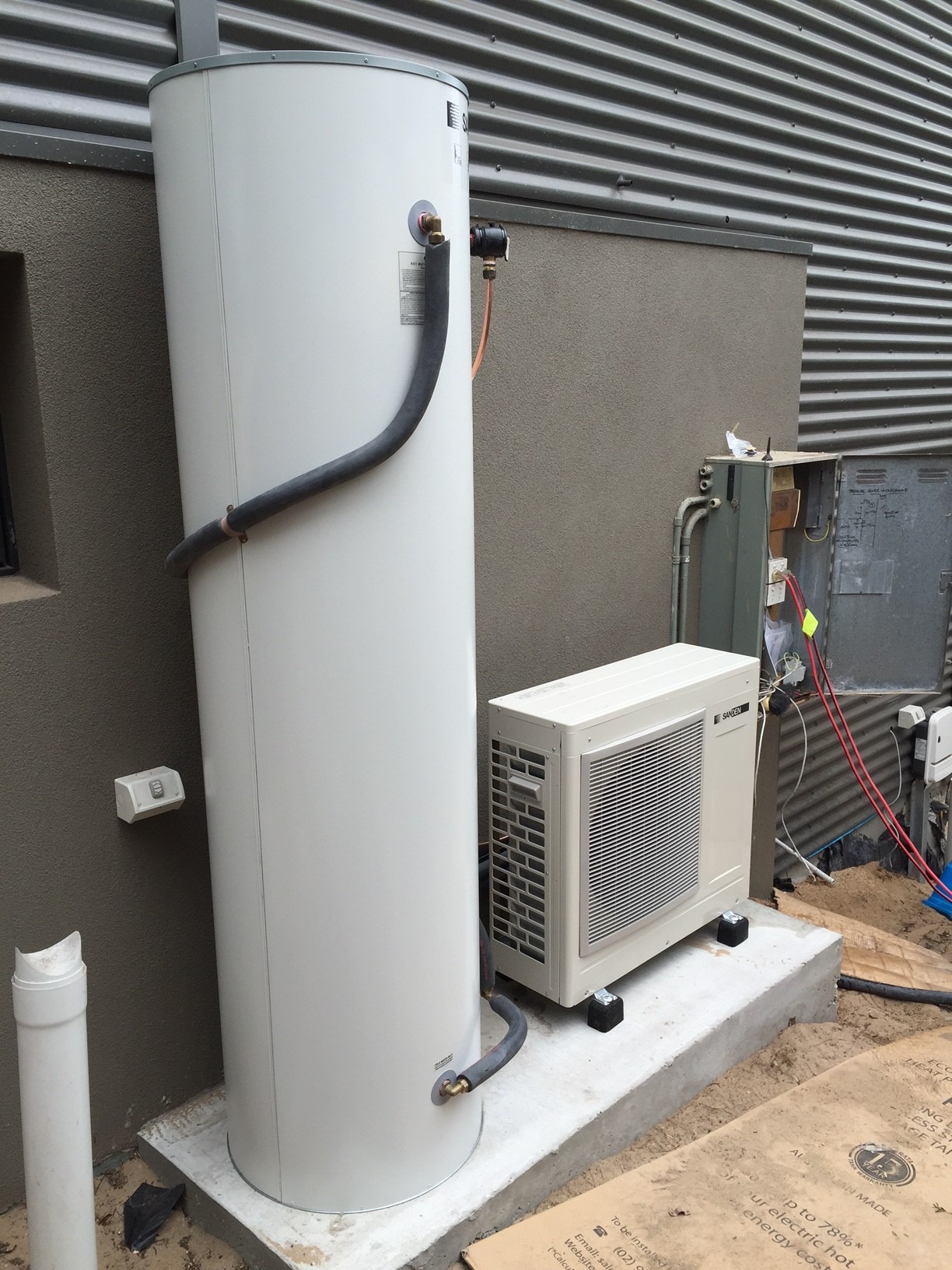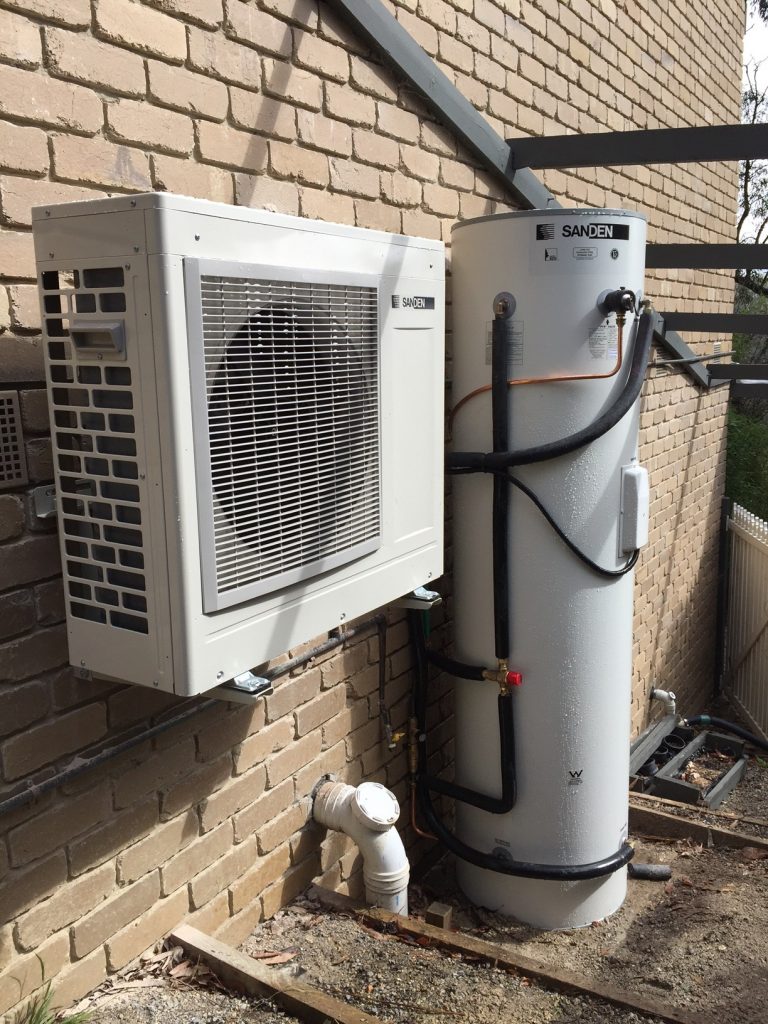
Although heat pumps have seen a boom in popularity and funding in Europe, they have had a tough time catching on Down Under. However, a new analysis from the Australian Partnership for Energy Productivity suggests that industrial heat pumps might cut ‘hard to abate’ emissions in it by 15 million tons per year by 2050.
Despite the opportunities, the Australian public has a negative impression due to shady technology providers and failed ventures.
Heat pumps, similar to refrigerators, use electricity to transfer heat from one area to another, increasing or decreasing the temperature accordingly.
The subject of how to decarbonise industrial heating has brought increased interest to the technology, which is hardly unique. This is the case in regions like Europe and New Zealand.
According to ITP, the industrial sector consumes about 44% of Australia’s total energy, with 52% of that going towards process heat.
ARENA, or Australian Renewable Energy Agency, recently commissioned the non-profit industry and government coalition Australian Coalition for Energy Productivity to model the potential of heat pumps in Australia.
A “good chunk” of Australia’s most challenging to abate emissions may be eliminated using heat pumps.
In addition, heat pump efficiency has been “grossly undervalued” because of inaccurate modelling in the past.
Its simulations demonstrated that, in contrast to solar thermal and biogas, corporate heat pumps are a practical and cost-effective option for heating needs below 90 C.
However, heat pumps continue to face the stigma of being too costly to be used in commercial applications. Oversizing systems and insufficient information are common causes of problems.
The most pervasive problem with this technology, though, is the stigma that surrounds it.
History of Heat Pumps
Heat pumps, according to Leak, will have to overcome their shady history before they can be widely adopted in Australia, unlike numerous other technologies necessary for decarbonisation.
Heat pumps have had a bad rap due to shoddy installations and faulty hardware, in addition to other problems with heat pump distribution schemes. Worse, these problems keep coming up.
There are several low-quality heat pumps on the market, and many of them either don’t operate or have inadequate customer service.
There’s a deal on Facebook right now to get a brand-new heat pump that would normally cost you around $3,000 for just $33, thanks to a government refund.
There is already a large number of heat pump complaints available online, and their number is almost certain to increase as more and more $33 systems are installed.
There is not enough effort being put in Australia to develop minimum requirements for heat pump technology, something that our neighbouring country of New Zealand is actively addressing.
Because of its chequered past, government agencies and political leaders are hesitant to completely accept the technology.
Adjustment in Conduct
Education, or more precisely, behaviour change, plays a role because heat pump adoption in Australia is still low. Heat pump systems provide a unique method of home heating, but it’s crucial to keep in mind that their heat is neither instantaneous nor radiant like that of a gas heater.
Instead, heat pumps take about an hour to warm or cool a space and produce a far more gradual temperature shift.
Even while fewer politicians than ever are willing to advise that citizens alter their behaviour in response to technological advances like home automation and the ability to remotely manage appliances, these problems may grow less severe.
Distribution and Potential Uses
Although the greatest benefits will be seen in commercial and industrial settings, this should not stop the widespread use of heat pumps in homes.
Because of how little focus there is on technological advancements in business, more so than in commercial buildings, the argument for heat pumps in homes is much simpler and more persuasive.
Changing over to heat pump systems is not always a simple process for many industrial structures.
This is because heat pump sizing information is typically lacking for commercial buildings.
Depending on the source, this technology can be five to ten times more expensive per kilowatt installed than conventional boilers. Thus it must be handled with greater care.
You can’t just swap one thing for another with no thought.
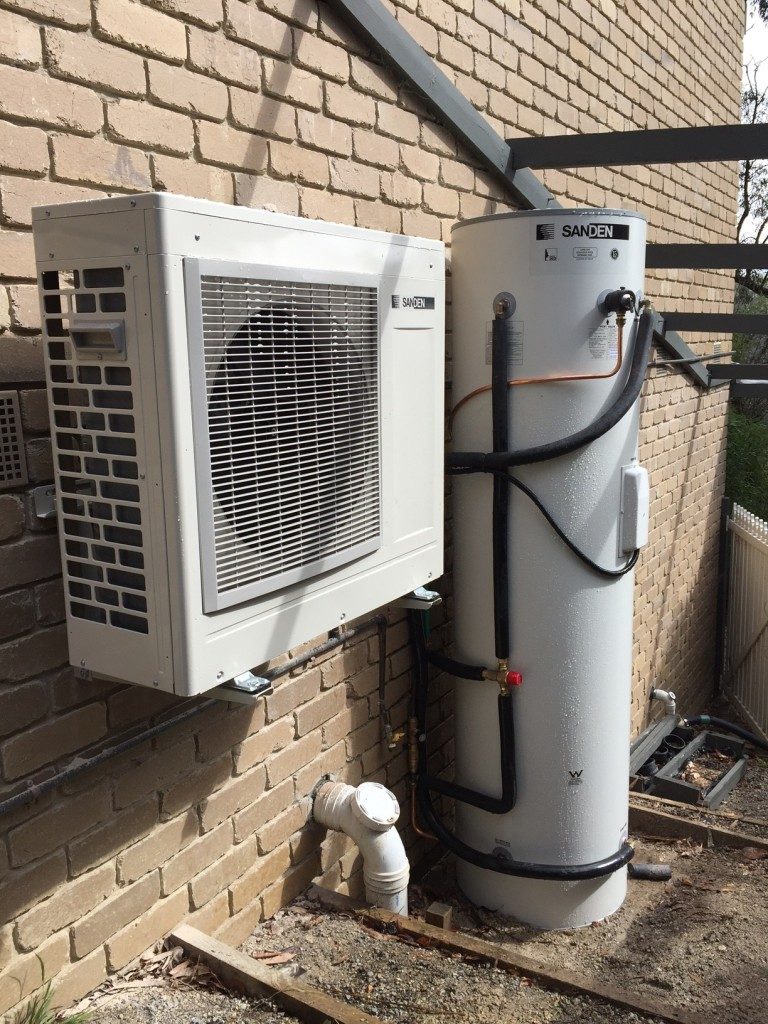
Spending Curve
In theory, heat pump technology could experience further cost reductions, albeit any such reductions would likely arise in production. There is little development in technology, but there has been some progress in the supply chain.
Lower prices would result from suppliers improving their production site efficiency and from increased demand.
But unlike solar PV, there is no cost curve.
But where heat pumps & solar are similar is in the cost savings that result from improved installation techniques, a field wherein solar throughout Australia has benefited greatly and where heat pump prices still have space to fall.
Support From the Government
For most new technologies, governmental backing is essential in their early stages.
Comparatively, New Zealand has spent NZ$650m (AU$590m) on renewable process heating, with roughly a quarter of that going towards heat pumps, whereas ARENA has only spent around $3–4 million.
The fact that ARENA can only help with increasing renewable energy supply is a contributing factor to the agency’s budget woes.
Because heat pumps don’t produce renewable energy on their own but facilitate its use and expansion, they can’t be used in isolation in projects seeking ARENA funding; rather, they must be combined with a PPA or Power Purchasing Agreement component from a clean source.
Economic Potential
Heat pumps also have to fight an uphill battle against the technology’s glamorous reputation. Heat pumps, in comparison to other emerging technologies, aren’t particularly exciting, and their possible investment market is less.
Here, millions, not billions, please.
It’s in the billions of dollars when you factor in solar, hydrogen, and batteries. An annual investment of tens of millions of dollars in heat pumps is entirely possible.
Why Heat Pumps Could Eliminate the Need for 750 Million Kilowatt Hours of Electricity Annually in Australia
For comparison, Australia only produced 227 Terawatt hours of electrical electricity in 2018. Thus the potential savings from heat pumps is astonishing. This total of 127 TWh reflects the split between space heating savings of 100 TWh and hot water heating savings of 27 TWh.
Let’s clear the air first before continuing. For this reason, heat pumps are not only renewable energy producers but also energy savers, as they use significantly less energy to complete their function than gas or electric heaters.
As their name implies, heat pumps transfer heat from the outdoors to your home (through reverse cycle air conditioning) or your hot-water tank.
The only difference is that heat pumps need electricity to run, whereas solar panels don’t.
Since the thermal or heat energy that heat pumps collect from somewhere outside your home originates from the sun, it follows that they, too, qualify as renewable energy producers if solar panels are.
But let’s circle back to the primary savings figure of 127 TWh. The current electric and gas hot water & space heating systems in Australia must be replaced with the most effective heat pump options available on the market for Australia to achieve 127 Terawatt hours of energy savings via heat pumps.
When compared to heat pumps, conventional home heating systems like gas furnaces and electric elements are only about 70% efficient at turning energy into usable heat for heating water and air.
Whereas heat pumps can be as much as 500% efficient at heating water (if using the Sanden Eco-Plus) and 600% efficient at heating a home (when using Daikin US7s units). Since a heat pump only needs about 10% of the energy to heat water, it can save an average of 86% on a household’s annual water heating costs.
In this case, the cold-winter states of South Australia, Tasmania, Victoria, and the Australian Capital Territory are the only ones where the heating load greatly outweighs the cooling load in the summer.
For instance, in Victoria, Australia, the amount of energy required for home heating is eighty times that required for home cooling.
Let’s outline a few of the other primary assumptions that go into calculating that 127 TWh in savings for the sake of openness:
- Property evaluations often award a median of 2-stars (wherein Vic it is 1.8 stars).
- This is accomplished using the Sanden EcoPlus water heater (cop 5.0).
- Daikin US7 unit heaters are used to warm the interior (cop 6.0).
- 200 square metres is the standard for a heated living space in the United States (an Australian home, on average, is 240 m2).
- In this case, we only take into account the amount of hot water needed for showering (1 shower a day, each person for 7.5 mins).
- Capital city climatic zone data is used to calculate space heating reductions for homes in Victoria, Tasmania, the Australian Capital Territory, and South Australia.
Why aren’t heat pumps as well-known and successful as solar power, given the huge amount of sustainable power they can access? It could be that heat pumps are a little more confusing and less well-known than other renewable energy sources like wind and solar.
Air conditioners, also known as space heaters and cool heat pumps, may have been unfairly portrayed as evil because of their high energy consumption (which they are, to a certain extent, when in cooling mode; nonetheless, they are unrivalled in power savings when in normal operation).
Or maybe it’s because no one realises the enormous role heat pumps can play in getting Australia to 100% sustainable power (to be honest, we were all caught off guard by these figures).
Obviously, switching to heat pumps just as the primary heating option reduces the workload for renewables, making the transition to 100% renewables considerably less difficult.
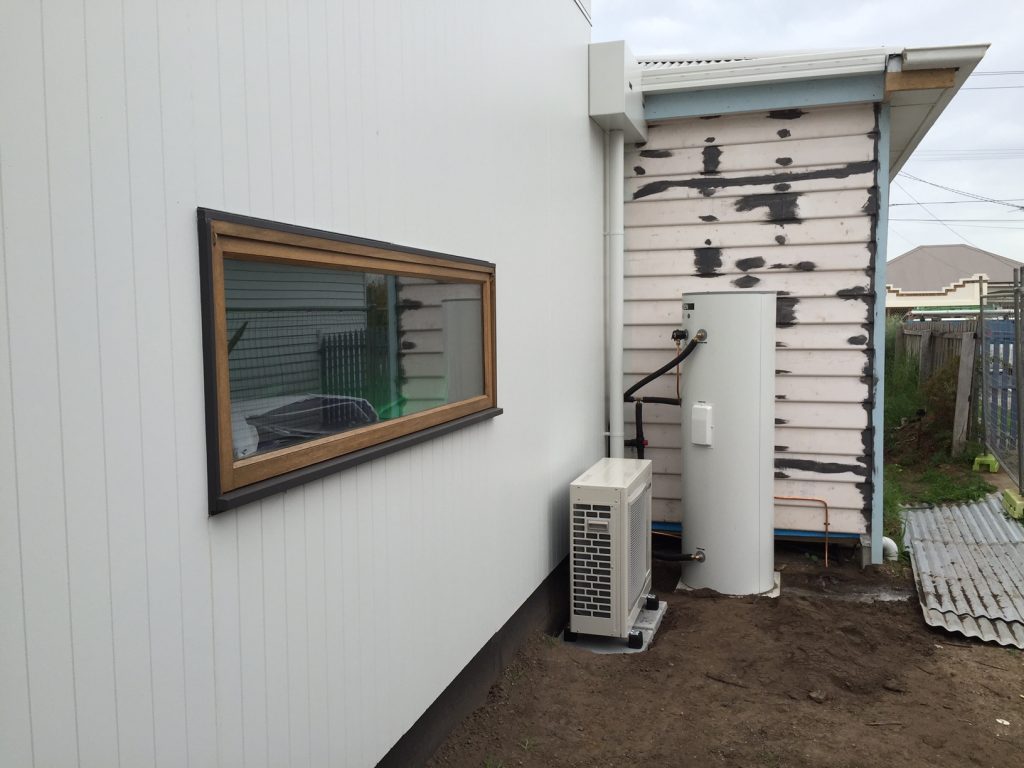
Heat pumps are a logical complement to other renewable sources, such as wind and solar, and as such, should be discussed in the same language.
The renewable energy sector’s unsung hero needs to stop being overlooked and start receiving the praise it has long deserved.
Heat Pumps Might Provide Most Space & Water Heating Needs With Reduced CO2 Emissions Than Condensing Gas Boilers.
Heat pumps can provide practical heat using one-third to 1/5 of the electricity needed by traditional electric equipment by harnessing ambient energy from the ground, water, or air.
Heat pumps might meet more than four-fifths of worldwide space & water heating demand with decreased CO₂ emissions, making them a global leader in eco-friendly heating solutions.
From 50% in 2010, this potential coverage has increased due to heat pump power performance improvements and power-generating carbon intensity decreases.
Heat pumps would emit less CO2 than oil and natural gas condensation boilers before 2025 in all regions under the Net Zero Forecast due to rapid electricity supply emission reductions and technical efficiency.
Heat Pumps Have Gone Far
There has been a steady rise in policy support for heat pumps over the past few years in numerous nations, as they are seen as an essential technology for heat decarbonisation.
In 2021, some 190 million units will be used in buildings across the globe. Heat pump installations in key heating markets, including North America, Europe, and eastern and northern Asia, have expanded significantly during the past few years.
Particularly in Europe, China, and the United States, sales of heat pumps hit a new high in 2021, and 2022 is showing the first signs of solid growth despite obstacles in supply chains.
Increasing policy emphasis in 2022 will be directed towards heat pumps throughout the European Union for reasons other than climate goals.
A growing need for space cooling is being provided in part by reversible heat pumps, which is driving some of the implementations.
Despite their potential, heat pumps have not yet reached the level of deployment necessary to keep pace with the Net – zero carbon Emissions by 2050 Scenario, providing just around 10% of the world’s warming need in buildings at present.
Assuming this scenario plays out, by 2030, the worldwide stock of heat pumps will have grown to almost 600 million, satisfying at least 20 per cent of the total of the world’s heating requirements.
Heat pumps have the potential to improve available energy performance and reliability as well as enable the integration and flexibility of power systems, but they require additional governmental backing and technical innovation to reach their full potential.
According to a recent study, industrial heat pumps have the potential to reduce ‘hard to abate’ emissions by 15 million tonnes per year in Australia by the year 2050.
In spite of all the potential, the Australian public has a negative impression due to unreliable technology providers and failed businesses.
The widespread prejudice against this technology is the biggest issue it faces.
Many heat pump complaints have been posted online, and that number is likely to grow. Unfortunately, Australia is not devoting nearly enough time and energy to establishing these basic standards for heat pump technology.
The case for installing heat pumps in homes is much less complicated and more convincing. Heat pumps, unlike solar PV, do not have a cost curve.
Heat pumps not only produce renewable energy, but they also reduce energy consumption.
While New Zealand has invested NZ$650m (AU$590m), ARENA has only invested between $3 and 4 million in renewable process heating.
Heat pumps have the potential to reduce Australia’s annual electricity consumption by 127 TWh.
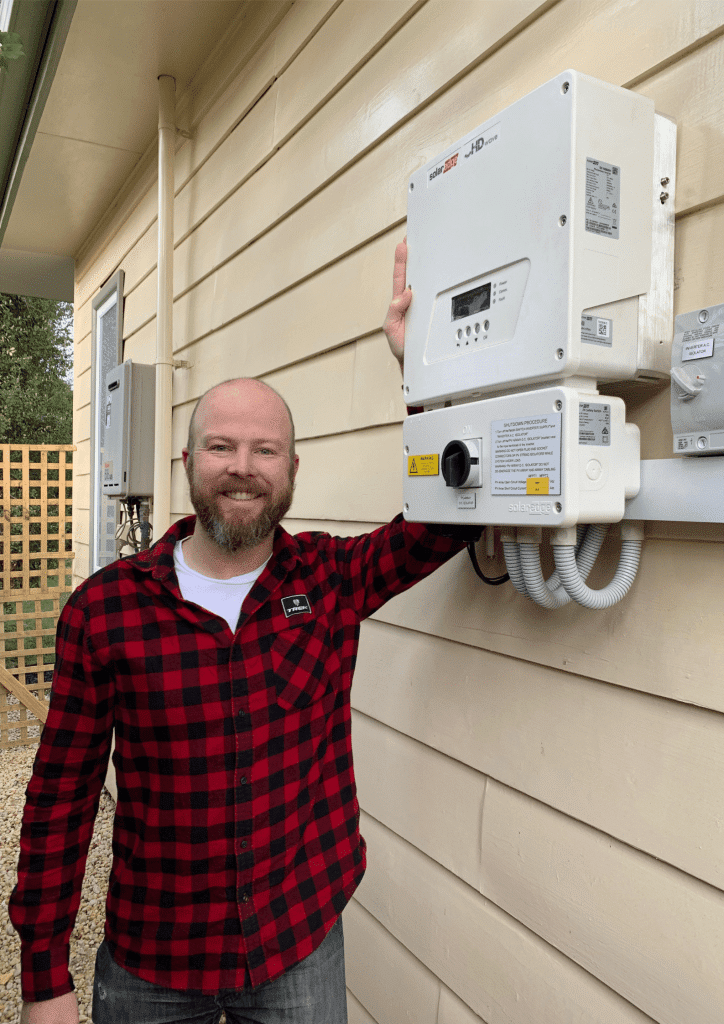
Only about 70% of the energy put into conventional home heating systems is converted into useful heat that can be used to warm the air and water in the home.
Heating water with a heat pump can be as efficient as 500% (when using the Sanden Eco-Plus) or as efficient as 600% (when using Daikin US7 units).
With the vast amounts of renewable energy they can tap into, why aren’t heat pumps as popular as solar power? In 2021, heat pumps could supply more than 80% of the world’s space and water heating demand while reducing emissions of carbon dioxide.
The renewable energy industry has long deserved more recognition, and it’s time that it finally got it.
